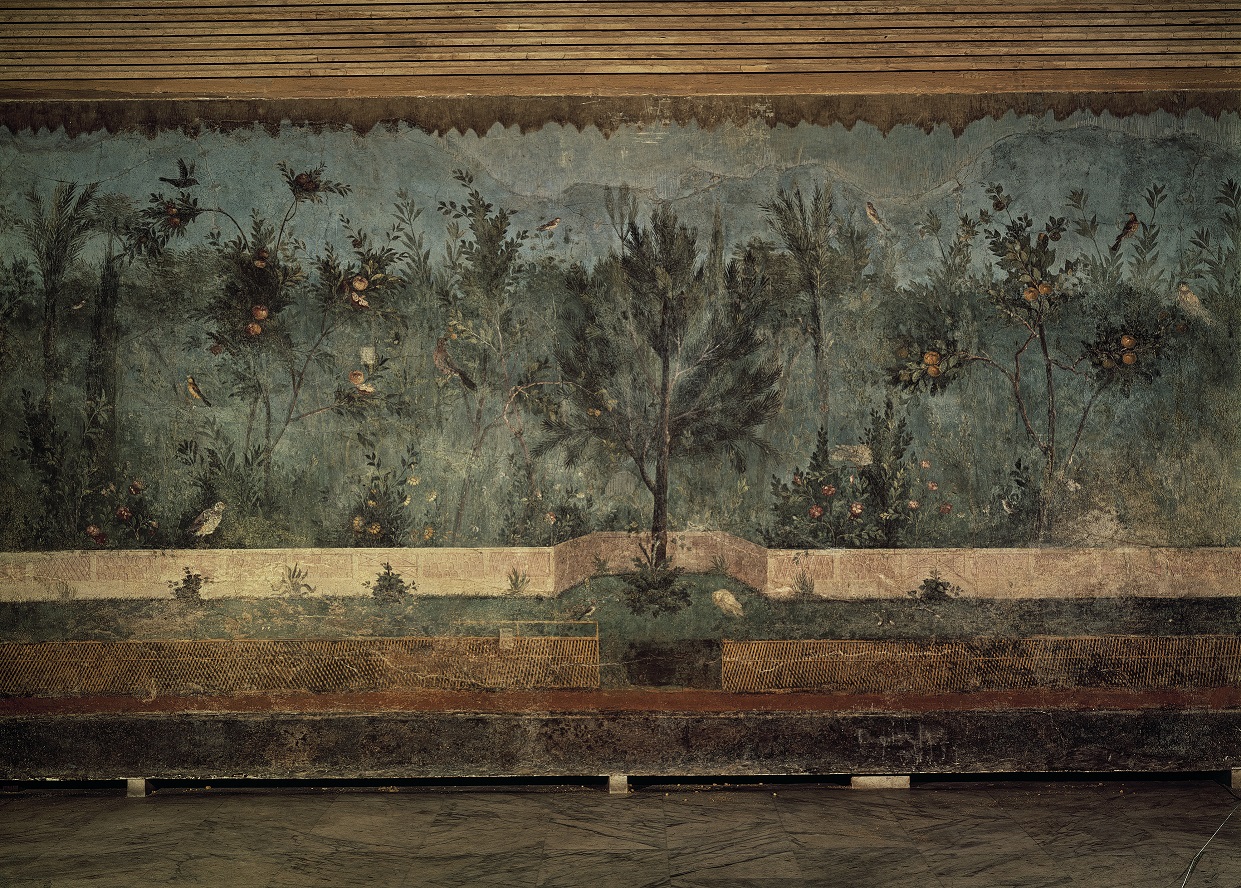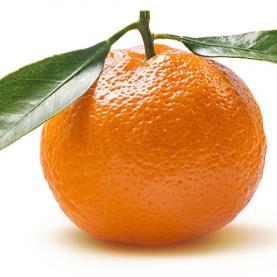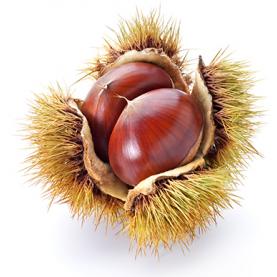The history of arboriculture
Arboriculture, or the cultivation of fruit trees, is a sign of long-term attachment to a territory and is part of its organisation. It dates back to the Neolithic period and the cultivation techniques of Ancient Greece and Rome remained unrivalled for centuries. However, it was not until the 19th century that real enthusiasm for the practice developed. Conservatory orchards and national inventories of cultivated varieties were established during this period.
From Asia to Europe: the development of arboriculture
The settlement of nomadic populations in village communities led to the subsequent domestication of plants and the emergence of agriculture and arboriculture. This became known as the Neolithic revolution. The cultivation of fruit trees involves long-term attachment to a territory, much more so than cereal cultivation, because of the slow maturation of trees before they bear fruit.
Arboriculture developed within the Fertile Crescent: in Mesopotamia, between the Tigris and the Euphrates, and in Egypt, in the Nile Valley. The first trees to be cultivated were indigenous species. Migration and exchanges between civilisations gradually introduced both cultivation techniques and a variety of cultivated species to Europe.
During Antiquity, from India to North Africa, the date palm was appreciated for its fruit which can be eaten fresh or dried. Date palms are thought to be the first fruit tree cultivated in the Middle East. The olive tree, which has been cultivated since 6000 BCE in Asia Minor, first became widespread in North Africa before reaching Italy during the 6th century BCE. Its fruit is too bitter when fresh, hence it was primarily used for producing oil, the benefits of which were known to ancient civilisations. In part thanks to the conquests of Alexander the Great, other fruit trees which are familiar to us today came to Europe from Asia. These include apple trees, pear trees, apricot trees and plum trees. In their heyday, Ancient Greece and Rome developed advanced cultivation techniques. Their mastery of the techniques of planting, grafting, pruning, pollinating and creating new varieties by selection remained unequalled for centuries.
Later, in the Middle Ages, orchards structured the territory while providing food as well. Although they were the privilege of the clergy and nobility, the fruit made its way into the diet of the people. Already by the 6th century, Salic Law set out punishments for anyone who damaged fruit trees. During the age of the Great Discoveries (15th to 18th centuries) other fruit trees, such as the banana tree, mango tree and Japanese persimmon, travelled between west and east. It was only during this period that apple trees became established in Normandy, a region famous to this day for its cider!
In the 18th century, Diderot and Alembert’s Encyclopédie described the various methods of arboriculture in the ‘Arbre’ (Tree) section.
During the 19th century, arboriculture became more common among the middle classes and their great enthusiasm for the practice resulted in the creation of conservatory orchards (outdoor collections of fruit trees), the creation of national inventories of cultivated varieties, and a profusion of literature on the subject.
In the 20th century, the two World Wars transformed arboriculture into a practice that focused on production.
DUPLIN, Henri, 1992. Alimentation et nutritions humaines. Issy-les-Moulineaux : ESF Éditeur.
ISBN 9782710108924
GARNOTEL, Joseph, 2014. Au banquet de la nature : alimentation, agriculture et politiques. Paris : Éditions Quae.
ISBN 9782759221509
MAZOYER, Marcel, 2002. Histoire des agricultures du monde : du néolithique à la crise économique. Paris : Éditions du Seuil.
ISBN 9782020530613
QUELLIER, Florent, 2012. Histoire du jardin-potager. Paris : Armand Colin.
SBN 9782200271770
AGENCE RÉGIONALE DE L’ENVIRONNEMENT DE HAUTE-NORMANDIE | AREHN, 2008. Bibliographie Fruits et arboriculture fruitière [en ligne]. [Consulté le 24 février 2016]. Disponible à l’adresse : http://arehn-asso.superdoc.com
JANICK, Jules, 2005. The Origin of Fruits, Fruit Growing, and Fruit Breeding. Plant Breeding Review. 2005. N° 25, pp. 255-320.





